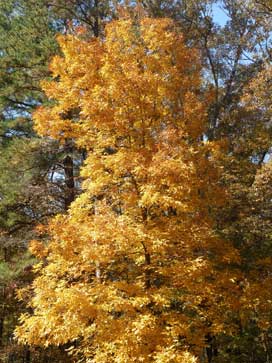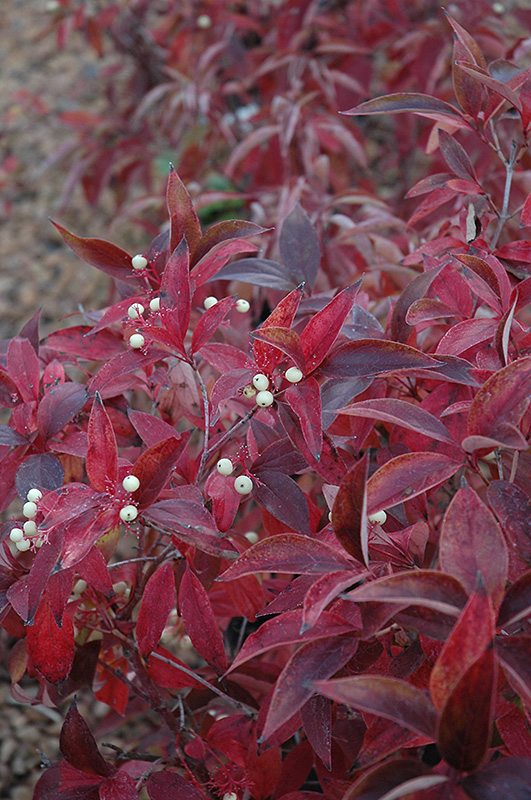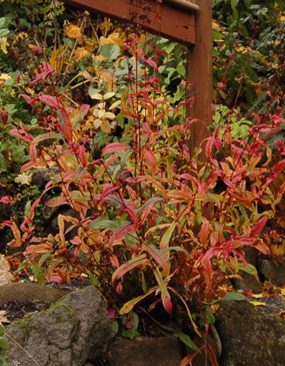After a few years of Master Watershed Stewards working in their neighborhoods, it became apparent some communities were ready to take on more comprehensive action for clean water, but needed additional guidance. In 2013, the Watershed Stewards Academy created the Clean Water Communities program to address this need. The Clean Water Communities program connects neighborhoods with the tools to reduce stormwater pollution and improve the health of our waterways. By changing old habits and installing new landscape features, communities will reduce pollution and earn a designation as a Clean Water Community.
One of Hillsmere's many rain gardens.
Two previous iterations of this program, in Hillsmere and Linthicum, included pollution reduction projects such as cisterns, bioswales and rain gardens. The Watershed Stewards Academy drew on the experiences of Hillsmere and Linthicum to further develop the Clean Water Communities Program. Two Anne Arundel County communities, Pines on the Severn in Arnold and Glen Isle in Riva, are participating in the most recent iteration of the Clean Water Communities Program. This program includes training two Master Watershed Stewards and 10-15 Community Stewards per community who will support Master Watershed Stewards through the certification process.
The Clean Water Communities Certification includes:
- A Community Assessment to determine pollution sources and opportunities for environmental restoration within the community
- Training and Technical Assistance
- Two Master Watershed Stewards trained through the Watershed Stewards Academy
- Community Steward Training: an introductory environmental training class given by Watershed Stewards Academy. This class is for 10-15 of your community members.
- Access to WSA’s toolbox of educational (design tools, native plant guide, outreach materials) and restoration resources as well as connection with qualified restoration contractors and professionals.
- Habits that Help Pledge The Community Assessment will identify habits that, if adopted, will reduce pollution. A small group of community members, with the assistance of the WSA staff, will create a plan to educate the community about the Habits that Help and obtain commitment pledges from 20% of the households in the community to adopt at least 3 of the 5 habits.
- 10 Residential Site Assessments WSA will assist Community Stewards and Master Watershed Stewards in identifying neighbors who are willing to install an environmental restoration project on their property. These projects may include rain barrels, rain gardens, conservation landscapes or tree plantings.
- Project Installations (optional): If the community chooses to proceed to the project installation phase, funding assistance (both direct funding and grant writing assistance) is available.
Pines on the Severn Community Training
Training began on December 2nd for the Community Stewards of Pines on the Severn and begins on January 20th for Glen Isle. The first day of training includes a Restoration Tour of projects throughout Anne Arundel County to expose the Community Stewards to potential projects that could be applied in their own neighborhood.







